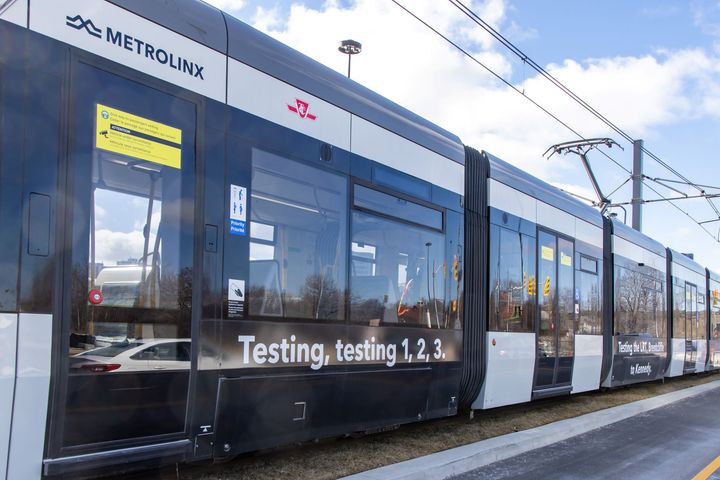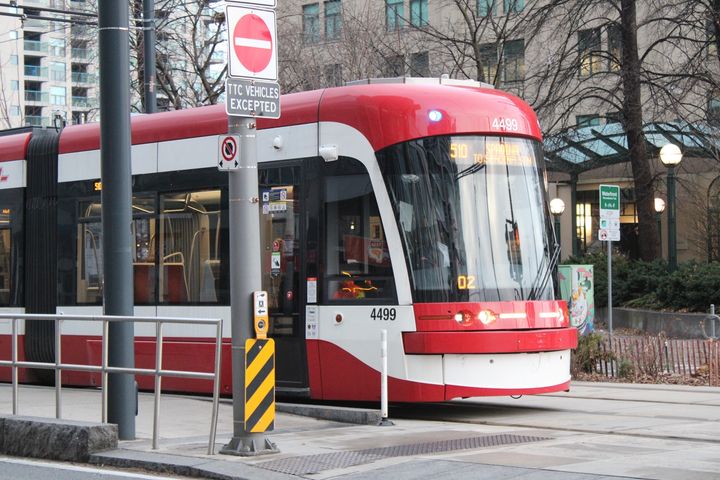Therme redesigns controversial Ontario Place mega-spa in response to mass opposition
Therme Group appears to have buckled to public pressure and redesigned its controversial Ontario Place mega spa.
The Austrian resort and spa company and just about everyone associated with them have faced harsh criticism for the proposed redevelopment of Ontario Place's West Island since plans were revealed in 2021.
This past April, locals let Therme representatives and other members of the project team have it during a consultation session, where the project was slammed almost unanimously by concerned members of the public.
Simon Bredin, Therme Canada's Senior Manager, Communications & Public Engagement, was quoted after the meeting saying that the session was "immensely valuable, and we look forward to continue to engage the community as we shape our plans."
Therme has indeed further shaped said plans in the four months since this public session, resulting in a revised proposal revealed on Tuesday morning, claiming that the updated plan will include a scaled-back spa with a layout described as "campus-style."
CP24 was given an early-morning exclusive, and additional details about the updated plan have since come to light.
The main building has been reduced in massing by 25 per cent and is now broken up across several smaller buildings — reducing its overall visual impact.
Another major concern identified in consultations was the loss of public lands to private development. Therme claims to have addressed this with a total of 16 acres of publicly accessible space, which the company states is more than currently exists on the West Island.
Ontario Place mega-spa redesigned after public opposition pic.twitter.com/VeuUMcuowN
— blogTO (@blogTO) August 22, 2023
Therme claims its updated proposal increases the amount of public parkland at Ontario Place's West Island by 35 per cent, and plans to widen public walkways on the West Island to support new food concession stalls.
"The design that we revealed today delivers the same great waterpark and well-being attractions, but thanks to feedback, it has even more open parkland, more natural spaces, more public trails, and more places for people to gather," reads a prepared statement from Dr. Robert Hanea, CEO & Chairman of Therme Group.
Another significant change in the latest plan is the product of coordination with Indigenous communities. The pedestrian bridge linking Lake Shore Boulevard West with the West Island has been redesigned as a dual-purpose greenspace and walkway.
"The bridge and pathway are designed to recreate the path of the Credit River, to honour its significance to MCFN, who have lived and continue to live on the north shore of Lake Ontario," stated Therme Canada, adding that it "includes a large new programming space for MCFN to use in traditional ceremonies and other activities."
Public critics of the project, including community organization Ontario Place for All and newly-elected mayor Olivia Chow, have yet to comment on the updated plans.
Therme Group
Latest Videos
Latest Videos
Join the conversation Load comments







